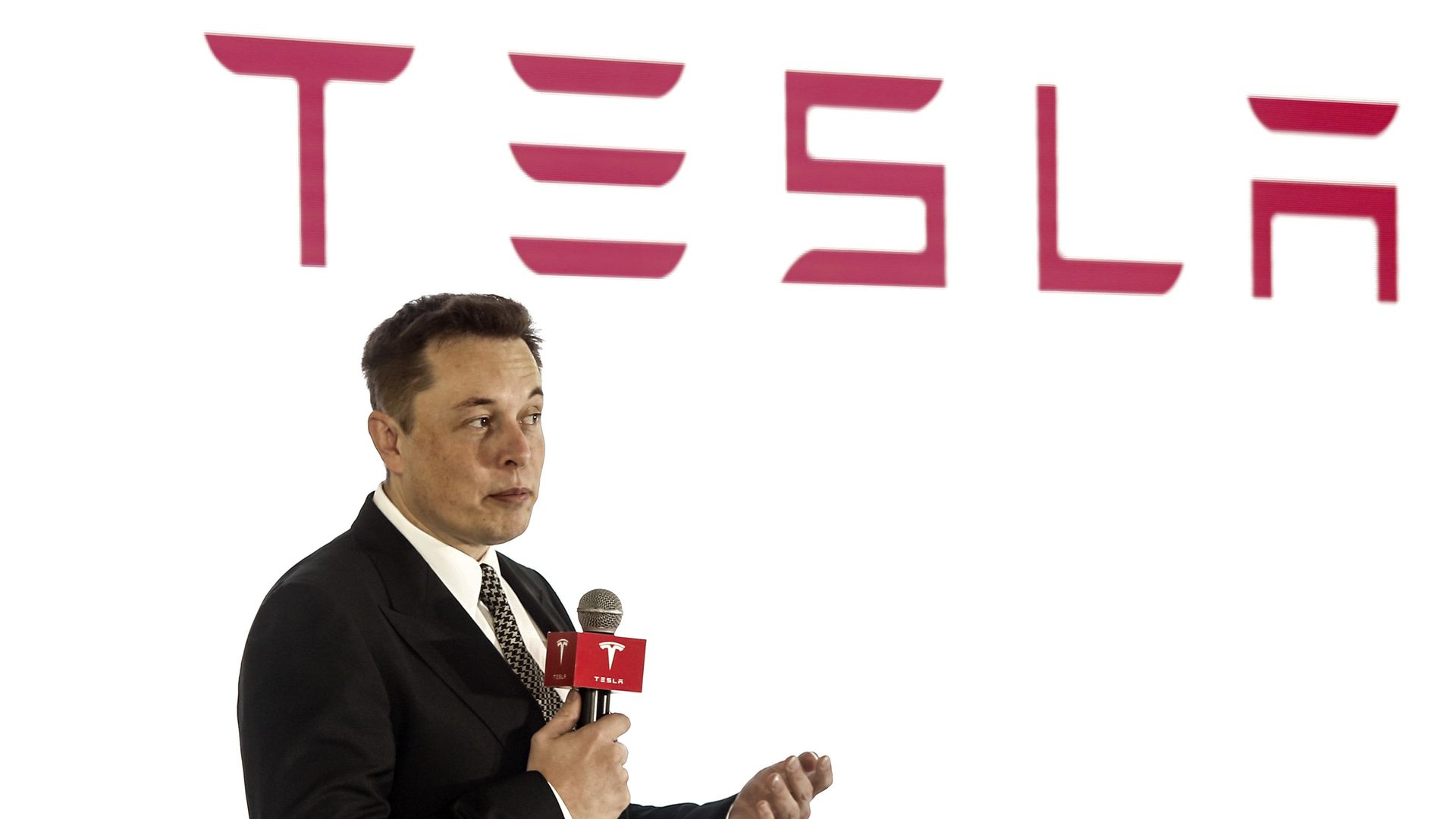If you paid any attention to the news last month, it would have looked like the end of the world was coming for Tesla. Elon Musk appeared to have gone rogue with threats of buying back the publicly owned company and making it private, once again.
Elon made these comments without consulting (or consent from) the board of directors, which is a blatant violation of SEC rules and regulations for publicly traded companies. On top of the buyout drama, it also appeared that Tesla was having trouble making good on delivery promises for sold vehicles and even resorted to constructing a temporary factory to help meet demand.
After a peaceful resolution to the SEC violations which required Musk to step down as CEO (but remain on the board), Tesla quietly released its Q3 Earnings Letter. The letter highlighted revenue of $6.8B, a net income of $321M and a gross profit margin of 20%. This is big news for the electric vehicle manufacturer who appears to finally be hitting a stride.
Who’s Buying Tesla’s?
The real question behind these surprise earnings in Q3 is “what happened?” Simply put, Tesla was able to deliver 56,065 of the Model 3 sedans in the third quarter. The same Model 3’s that were under scrutiny last month with backed up orders and late deliveries.
As good as it must feel for Tesla to deliver that many cars, it is not the most interesting part. What’s most surprising is that many of the cars traded in on those Model 3s originally sold for less than $35,000. That means the Model 3, which had a base selling price of $49,000, is not just appealing to premium car buyers. A significant number of buyers are mainstream shoppers who are reaching higher because they believe the Model 3 is well worth the extra money.
It’s important to note that Tesla offers no discounts on orders, and there isn’t even a leasing option yet. The only explanation for the stretch in spending is that these mainstream buyers are “all-in” with Tesla’s vision for electric cars, and they likely believe the resale value will be higher down the road.
“This leads us to believe that the total market potential for Model 3 is larger than just the premium sedan market,” the earnings letter states. “Additionally, we are working hard to bring down the price of Model 3 to $35,000. We have taken a step forward by recently introducing a medium range version that has a 260-mile EPA estimated range and a starting price of $46,000. Better than expected Model 3 cost reduction is allowing us to bring more affordable options to the market sooner.”
Conclusion
There may be some interesting lessons to be learned from Tesla’s surprising success. The first lesson is that buyers are willing to stretch their budgets, if they believe they will get it back in the long run. The second lesson is that whatever Tesla has been doing, it is working. Although Tesla’s production numbers are not substantial enough to threaten the viability of other large automakers, it would behoove them to examine the Tesla case study in order to adapt for the future of automobiles and automotive retailing.








